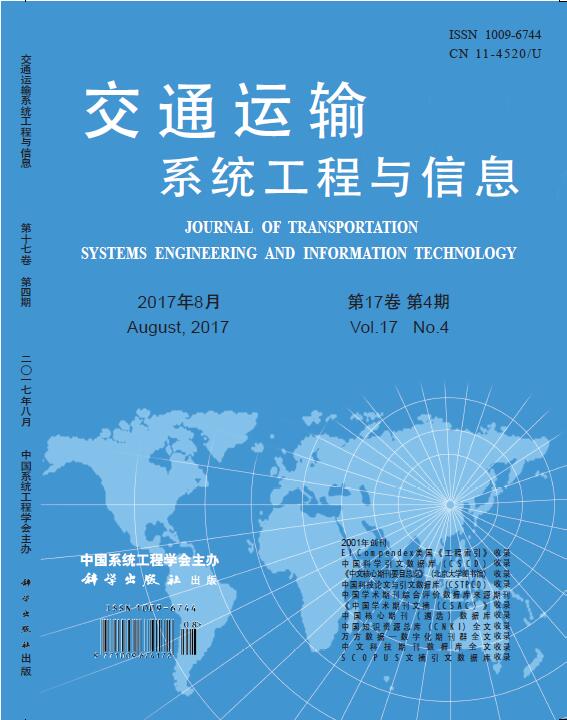In order to promote the optimization of urban spatial structure and improve the traffic environment, there is a systematic review of housing and travel choice behavior of low and middle income group. Based on residential choice and satisfaction evaluation, travel choice behavior, and correlation between residence and travel behavior, the key scientific issues, the characteristic indexes, the model, and the existing problems, which are related to housing and travel choice behavior of low and middle income group, are analyzed and reviewed. The results show that there are still some research deficiencies, including lack of the study object for low and middle income group, separation of housing and travel, the independence of the macro spatial distribution model and the micro behavior analysis model, dominant position of external variables which can be observed directly, and inadequate consideration for the variables of residents' intrinsic subjective feeling. Finally, the future development trend of the integration of housing and travel choice behavior of low and middle income group is predicted.


